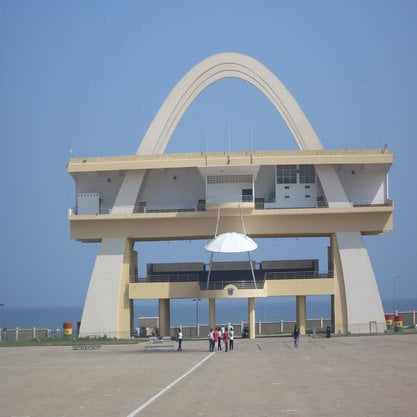Article
Makerere Art School By Kyeyune, George
Article
The Makerere Art School started informally in Mulago, Kampala, Uganda, in 1937, with a handful of students who turned up one evening at the porch of Mrs Margaret Trowell’s house. Trowell was not the first person to teach painting in the region—Mary Fisher, also a Briton, had two years earlier been posted to Gayaza, a girls’ school near Kampala, as an art teacher, and indeed some art classes were being conducted in other missionary schools. But it was Trowell who raised the profile of art education in the region when she convinced the principal of Makerere College to include art among the college’s subjects in 1940. In the years leading to World War I, Makerere was developing into a major institution for higher education in the region. Trowell is also credited for steering the art school during turbulent times when its closure seemed inevitable. For example, when Makerere was considering entering into a special relationship with London University in 1949, Trowell rejected the arrangement, as she feared her art school would lose the African identity she had scrupulously nurtured for over a decade. She directly negotiated with the Slade School (also under the University of London) for a diploma, which ensured that a foreign qualification did not affect the African features of her curriculum.

